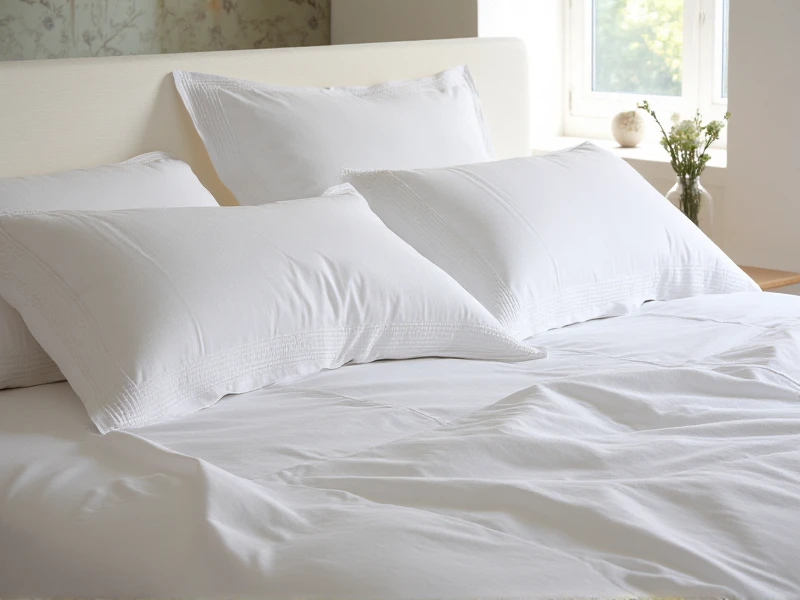The Remarkable Journey of Textiles: From Ancient Craft to Modern Essential
2025-06-07

Textiles have woven themselves into the very fabric of human civilization, serving as a cornerstone of daily life for millennia. Originally emerging from early cultures as handmade creations like Egyptian linen and Chinese silk, these materials evolved into essential commodities. Today, the textiles industry powers global markets, driving everything from fashion trends to sustainable innovations. This article explores the rich history, diverse applications, and groundbreaking advancements in textiles, highlighting why this field remains a vital part of our world.
The story of textiles began over 30,000 years ago, when ancient humans crafted rudimentary fabrics from plant fibers and animal skins for warmth and protection. As civilizations like the Indus Valley and Mesopotamia flourished, weaving techniques advanced, giving rise to trade routes that connected cultures through valuable textiles. The Industrial Revolution in the 18th century marked a seismic shift, with inventions like the spinning jenny and power loom mechanizing production and igniting mass manufacturing. This era solidified textiles as an economic engine, creating jobs and spurring urbanization from Lancashire mills to modern-day hubs. Amidst this evolution, textiles maintained their cultural significance—think of ceremonial robes or embroidered tapestries that told stories across generations—proving their enduring role beyond mere utility.
In contemporary times, textiles permeate nearly every aspect of modern living, showcasing incredible versatility. Fashion textiles dominate the runway and retail, with innovations like high-performance sportswear and breathable synthetics enhancing comfort and durability. Beyond clothing, these materials excel in home decor through elegant curtains, resilient rugs, and eco-friendly upholstery that elevate indoor spaces. Industrial applications are equally transformative; medical-grade textiles revolutionize healthcare with antimicrobial bandages and implantable meshes, while geotextiles reinforce infrastructure in construction projects worldwide. Critically, sustainability has become a driving force in the textiles scene. Growing consumer awareness fuels demand for organic cotton, recycled polyester, and biodegradable fibers, reducing environmental footprints and promoting circular economies. Major brands now prioritize ethical sourcing and water-saving dyes, aligning with global initiatives for a greener planet. This push not only addresses waste but also opens new avenues for creativity, as designers explore novel blends like bamboo and hemp textiles that feel luxurious yet gentle on Earth.
The global textiles industry continues to thrive with cutting-edge developments that promise an exciting future. Smart textiles, embedded with sensors for health tracking or climate adaptation, are gaining traction in wellness and tech markets. Digital printing allows for personalized, on-demand designs, democratizing access while cutting costs. Regional hubs, from Bangladeshi factories to Italian ateliers, drive economic growth, supporting millions of livelihoods. As challenges like fast fashion waste arise, ongoing innovations aim to balance progress with responsibility. Ultimately, textiles remain a testament to human ingenuity—adapting to change while preserving heritage. Embracing these advancements ensures that this dynamic field will keep inspiring, protecting, and connecting communities for years to come. Dive deeper into the world of textiles; their evolution holds lessons for mindful living in an interconnected age.
Category: